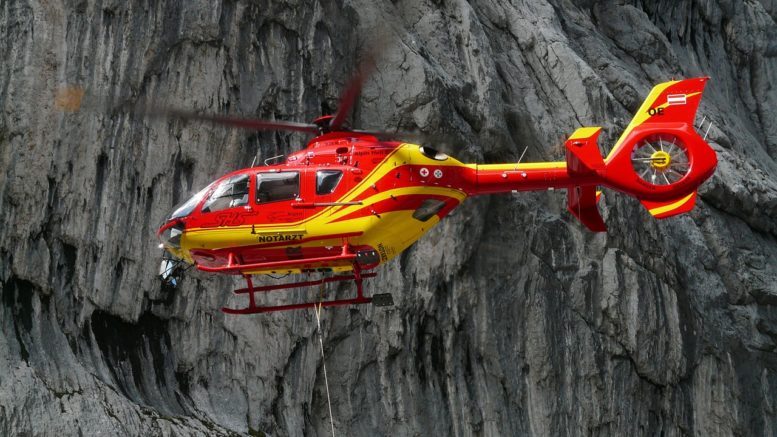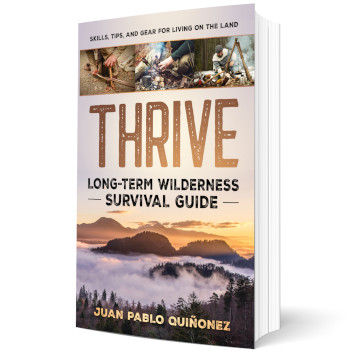Murphy’s law might be pessimistic, but it is a great guiding principle for long term survival.
Hope for the best, prepare for the worst.
As an outdoor leadership professional you are taught to write a risk management plan that lists almost everything that can go wrong, the strategies that you will use to mitigate the probabilities of that happening, and what would you do to address any possible emergency.
For our adventure in the bush, we brought two different satellite devices for emergency communications. The main device we used was a two way satellite messaging device that could send emails and texts to anyone. The DeLorme InReach is waterproof, and its battery is incredibly long lasting. We also brought a Personal Locator Beacon as a back up in case the other device or our solar chargers stopped working. The ACR ResQLink PLB is waterproof and should only be used for life or limb emergencies. We told our relatives that it was possible that both emergency devices could malfunction or the signal might not arrive. You should always be ahead of the game and always expect equipment to malfunction or get lost.
Redundancy
Redundancy is the practice of duplicating important aspects of a system to increase its reliability. The principle is widely used in systems were people could be easily injured or killed if the system failed, like in climbing. Redundancy is another important principle to be considered, for it counteracts Murphy’s law. If you are in a long term survival scenario, most of the equipment you have is your life line; that means that you need to build redundancy throughout it. We brought 3 knives and an axe on our adventure: Leatherman Multitool, Morakniv bushcraft knife, LMF II survival knife, and a Schrade hatchet. I constantly contemplated the possibility that our canoe might flip, and we would end up loosing our valuable knife or axe. If that had happened we would still have two other cutting tools because we only carried two of them at any given time. Always have a back up, and a back up for your back up if the component is really critical. There is a military saying: two is one and one is none. But don’t over do it either; you don’t need two carry two of everything.
Err on the Side of Caution
That was one of the mantras of our adventure. We would always remind ourselves of that proverb. We were hundreds of miles from the nearest hospital, in the middle of the wilderness. If something goes wrong late at night, and the weather doesn’t cooperate, your chances of getting rescued are very slim. Injuring ourselves with the hatchet was a very real possibility. We would always (most of the time) take extra care while using sharp tools. It was always better to do one thing at a time and being mindful without distractions, rather than risking loosing a finger or impaling an axe into our leg. Accidents are much worse when you are not 20 minutes away from the next emergency room. Prevention is infinitely much better than reaction.


